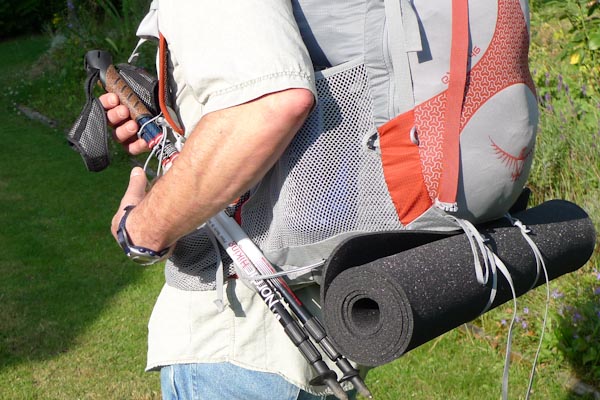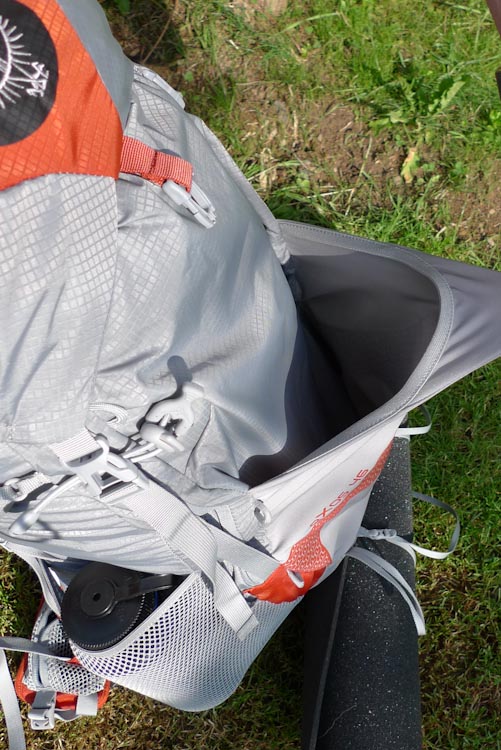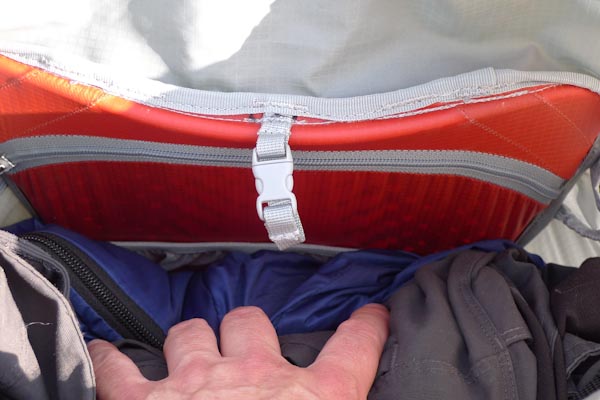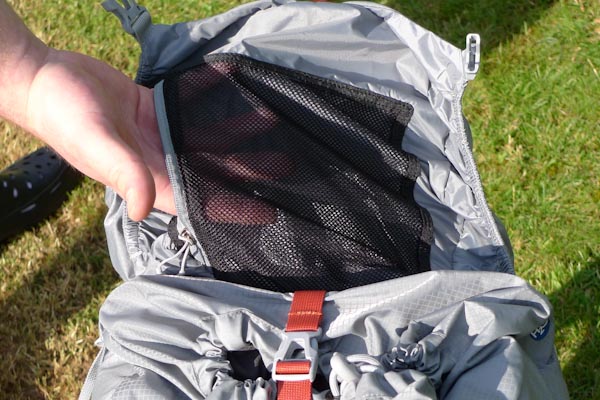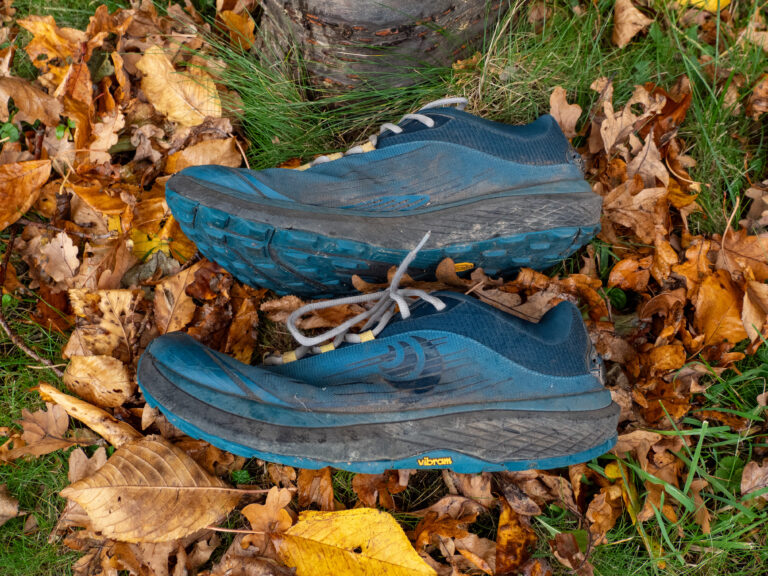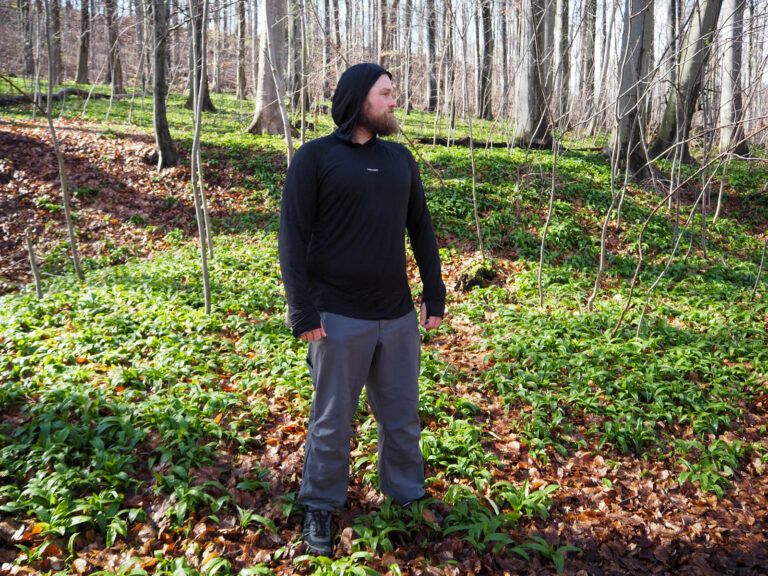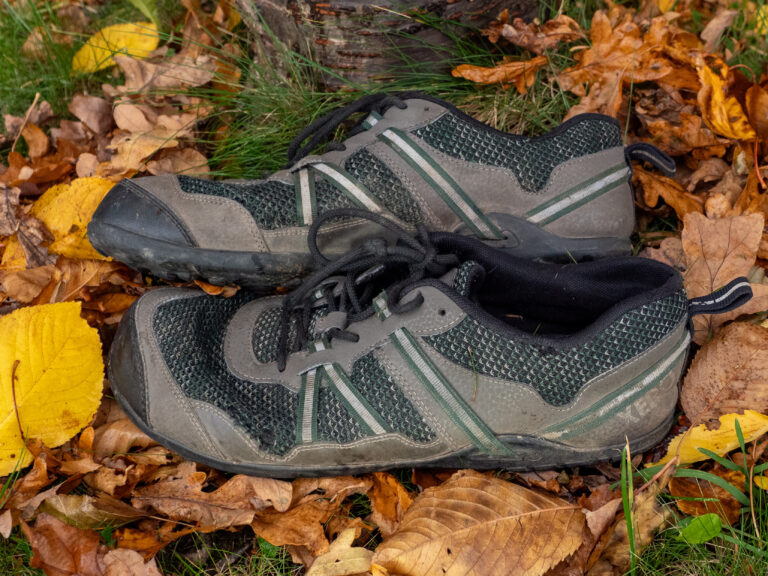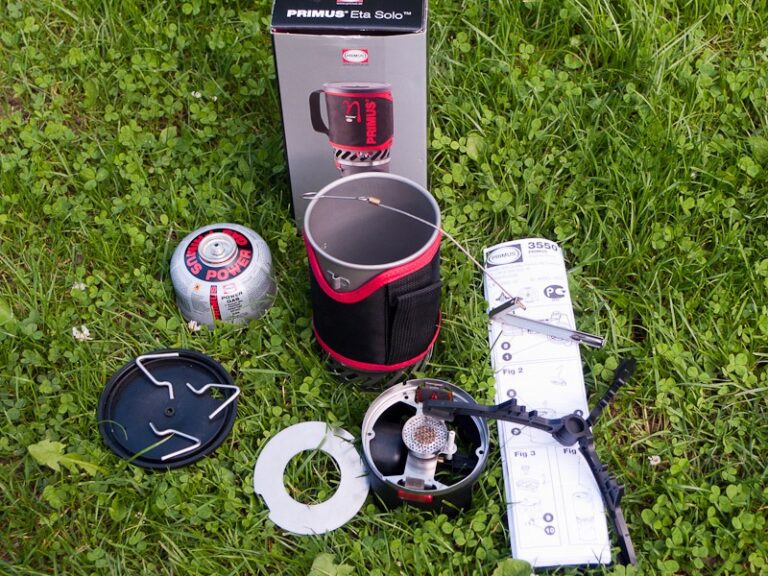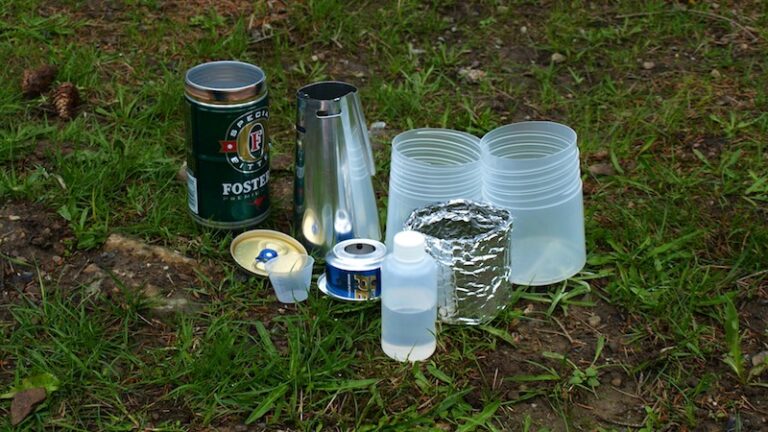Bergzeit was kind enough to provide us with an Osprey Exos 46 so that we can take a closer look. Here already the presentation of the practical test will be supplemented at the end of July in this article when the backpack has successfully completed 2 weeks in the USA.
The backpack is available in 3 different back lengths (S, M, L) and different sizes (32, 46 and 58 L) we refer here exclusively to the L variant of the Exos 46.
The Osprey Exos 46 is a very light backpack with a capacity of 46 L whereby it is also interesting as a trekking backpack for shorter tours or longer ultralight tours. What I like very much is the very low weight of only 1.1 kg and the fact that it is really a backpack and not a slimmed down Ultralight variant of a backpack such as the GoLight Jam2 is.
The balancing act between ultralight and full-fledged backpack
The Exos is slightly heavier than the other Ultralight backpacks. Unlike these, however, it hardly compromises on comfort. The Osprey Exos is one of the few Ultralight backpacks that offers a reasonable and thoughtful ventilation. The 3D mesh panel is most comparable to the backpacks from the Stratos series of Osprey.
The hip belt also gives a good impression and offers 2 large mesh pockets for small items. However, the strap itself is a bit narrower than that of the Kestrel 38, which we will also present in the near future. In initial tests, however, we found that it can still be worn quite comfortably.
stow-on-the-go The quick attachment for trekking poles
I have now taken a liking to the “Stow on the Go” system from Osprey with which you can quickly and easily attach your trekking poles to your backpack. This also works very well while walking – so you don’t need to interrupt your forward momentum when you need your hands free for a moment.
On the sides of the backpack has large mesh pockets to store the water bottle handy. Alternatively, there is of course also the possibility to attach a hydration system in the backpack.
The weight savings achieved Osprey among other things by the fact that everything is kept somewhat smaller and more delicate. Thus, all straps (to adjust the backpack or to attach the sleeping pad) are kept very narrow (7mm wide). Otherwise, some thinner material is used or dispensed with altogether – such as the carrying straps of the backpack: provided with large holes and slits, this of course helps to improve ventilation.
The Osprey Exos 46 shines with some lush features on the even lighter backpacks usually have to do without although they would be very useful especially for trekking. Whether you are willing to do without these equipment details to save a few grams must of course each decide for themselves. At first glance, the Exos 46 looks stable and cleanly processed. How good workmanship and stability are but on tour will only prove in the field test.
Technical details of the Osprey Exos 46
from ospreypacks.com
- Volume: 43 L (S), 46 L (M), 49 L (L)
- Weight: 1010 g (S), 1050 g (M), 1100 g (L)
- Loading weight :

Osprey Exos 46 pictures

